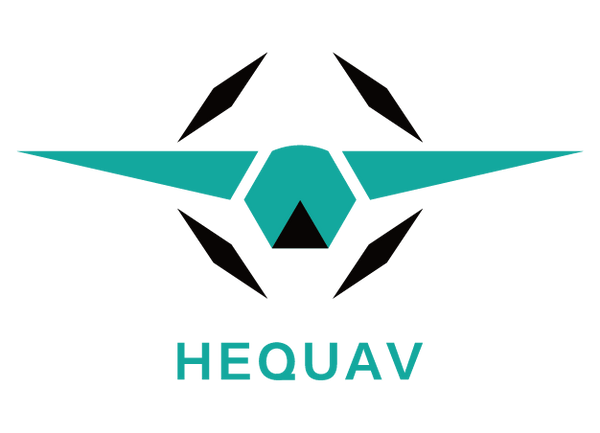Two-axis gimbal VS HEQ G-port three-axis gimbal
(1) A two-axis gimbal, controlled by a servo, can rotate left and right and up and down. However, the rotation angle is small, so it is only suitable for application scenarios that require a small rotation angle. (The steering gear design can only control small angle movements).
The HEQ G-port three-axis gimbal is controlled by a brushless motor, with adjustable yaw and pitch angles, stabilized roll, wider field of view, and smoother rotation.
(2) Since the use of PWM signals to control the servo is actually an open-loop control, it is difficult to achieve better repeatability accuracy and control effects, which affects the flight experience.
HEQ G-port three-axis gimbal uses Hall sensors and brushless motors to control the gimbal, which is more stable, smooth and precise.

DJI pocket vs HEQ G-port gimbal installed on the racing drone
(1) Pocket Camera
The pocket handheld gimbal installed on the RC drone is too large and heavy, and is easily damaged by collision. After modification, the weight has changed, and it has become smaller and lighter. However, the captured video cannot be transmitted back to the ground in real time. The rotation of the gimbal cannot be controlled from the ground, and FPV glasses are required to achieve this, which will result in high costs.
(2) G-port three-axis gimbal
It can be installed on fixed-wing drones and RC drone. It can control the yaw and pitch, and supports upright and inverted positions. The gimbal is small, lightweight and highly compatible. It supports DJI O3 or Snail CADDX cameras and can be customized. .
G-port Features
- High stability, supports upright and inverted installation.
- Compatible with a variety of flight platforms.
G-port Advantages
- It not only has powerful hardware, but also has a very balanced combination of software and hardware, and its stability enhancement is also very powerful.
- The three-axis gimbal is equipped with a yaw axis, a roll axis, and a pitch axis, which means that the lens can rotate freely.
- The hands-on operation feels excellent.
G-port Parameters
Number of axes: Mechanical three axes
Weight: 67g
Gimbal Angle
Pitch:-135° to 45°
Yaw: -135° to 135°
Roll: -45° to 45°
Supported control methods: sbus, pwm, mavlink
Supported camera types: DJI O3/CADDX (other types can be customized)
Power supply range: 12~24V
Conclusion
With the continuous advancement of drone technology and the expansion of application fields, drone gimbals are playing an increasingly important role in aerial photography, geographical surveying, film shooting, public security investigations and other fields. The gimbal has the functions of stabilizing images, improving image quality, increasing shooting angles, achieving long-distance control and increasing mobility.
HEQ G-port three-axis gimbal component is currently in a unique state, with obvious advantages.

